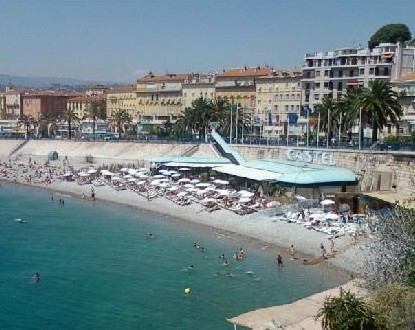The Nice Côte d’Azur Metropolis and its master plan have served as a blueprint for the government bill that, having been voted on by the National Assembly on July 23rd, will be definitively approved by the Senate in the coming autumn before its implementation starting in 2014.
First and foremost, Paris, Lyon, and Marseille will be interested in this relevant level of territorial modernization, which will join the capital of the French Riviera.
Local elected officials have been particularly active in defending the interests of the metropolitan territory, and Christian Estrosi and Rudy Salles in the National Assembly and Louis Nègre in the Senate have worked to obtain the maximum benefits in terms of new strategic competencies.
Thus, the promotion of tourism, management of competitiveness clusters, support for higher education and research programs, housing aid, and particularly a specific competency in our geographical context: The beach concession, which is crucial for managing leisure activities and providing services on the beaches, while maintaining free access for the public.
The beaches in the Metropolis concern eight municipalities: Cap d’Ail, Eze, Beaulieu, Saint-Jean-Cap-Ferrat, Villefranche-sur-Mer, Nice, Saint-Laurent-du-Var, and Cagnes-sur-Mer.
Coastline length in the Metropolis: 47 km, beaches measured on Geographic Information System (GIS): 15 km (in Nice: 4.4 km of conceded beaches, of which 888 m are exploitable (20%).
After the new law takes effect, and the competencies previously held by the State are transferred to the Metropolis. The advantages of this option seem obvious, but it’s always useful to recall them:
A shared management of conceded beaches on a metropolitan scale with a single State interlocutor for the conceded maritime public domain, the opportunity to achieve economies of scale, optimizing beach maintenance (maintenance contracts; human resources), resulting in improved service quality for users.
This opportunity is reminiscent of the “Contrat de Baie d’Azur” model which, like the ports, will enable homogeneous environmental actions on the seafront, perspectives for beach certification, and better knowledge of the coastal erosion dynamics.
Finally, the new law will allow for better coherence with the upstream/downstream vision: from the peaks of the Mercantour to the Mediterranean beaches.


